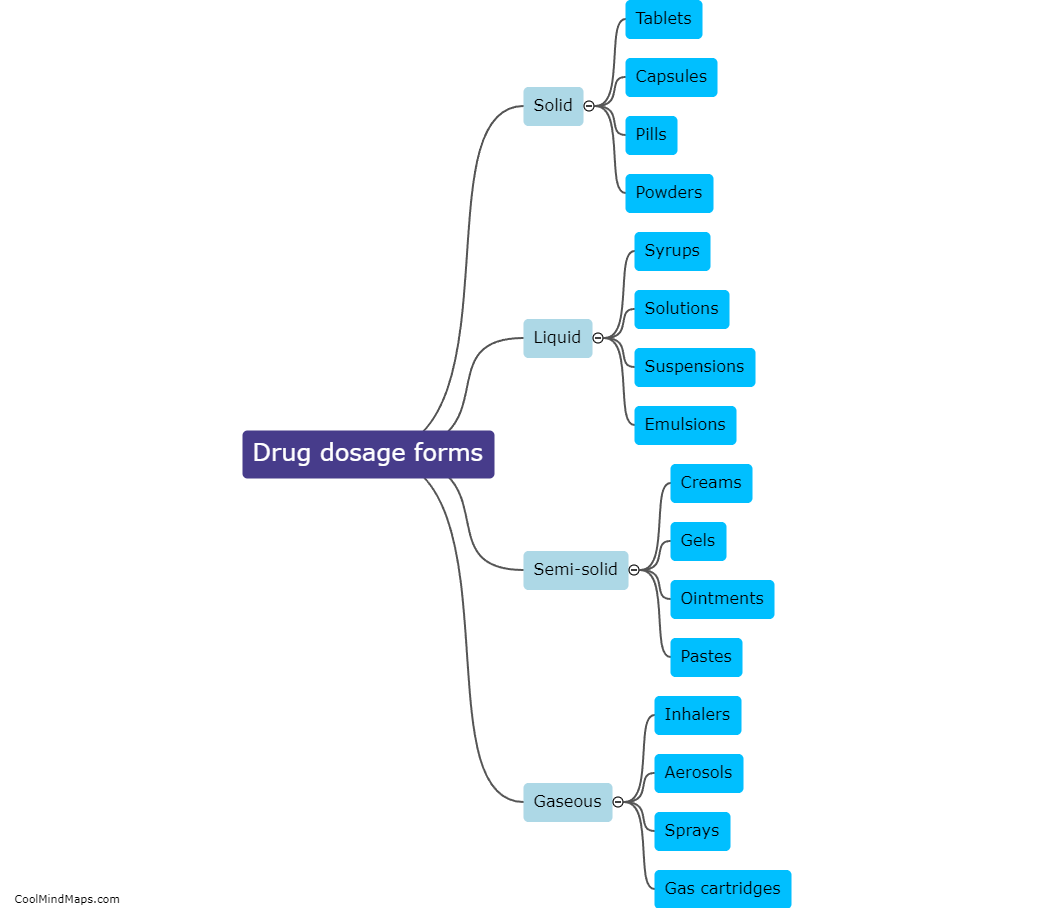What types of drug dosage forms are there?
Drug dosage forms refer to the various ways in which medications are formulated and delivered to patients. There are several types of drug dosage forms available, including solid, liquid, and semi-solid forms. Solid dosage forms, such as tablets and capsules, are the most common and often contain active ingredients mixed with excipients to form a solid form that can be swallowed. Liquid dosage forms, such as syrups and solutions, are ideal for patients who have difficulty swallowing or require faster absorption. Semi-solid dosage forms, such as creams and ointments, are used for topical application and can be applied directly to the skin or mucous membranes. Other dosage forms include aerosols, patches, suppositories, and injectables, each designed to suit different patient needs and medical conditions. The selection of the appropriate dosage form depends on factors such as patient preferences, disease state, age, and route of administration.

This mind map was published on 3 December 2023 and has been viewed 88 times.











